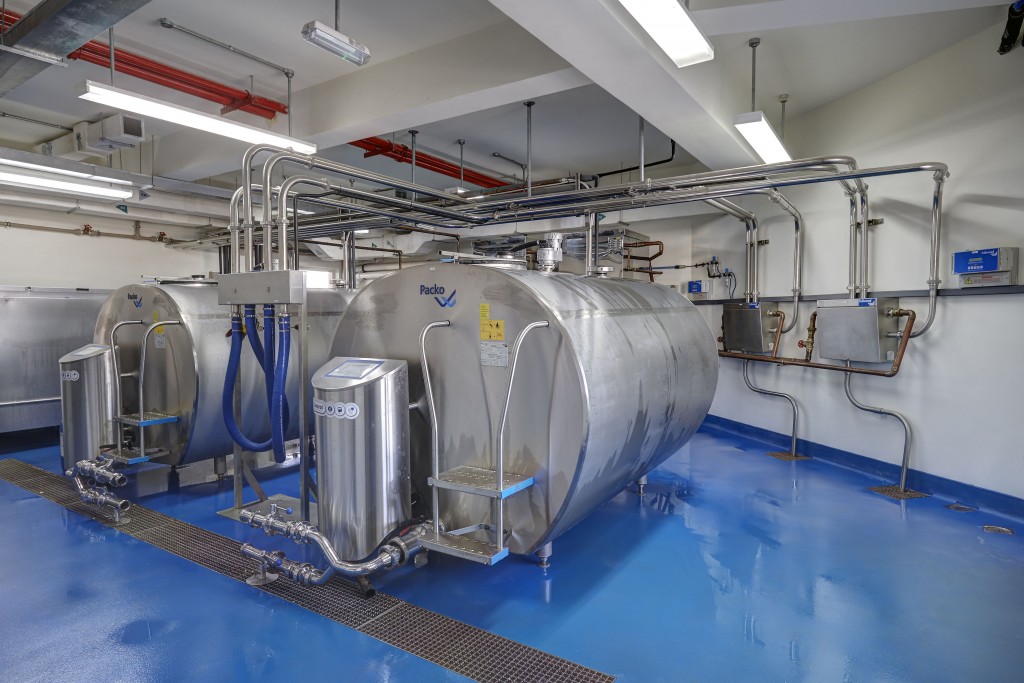Milk, while a valuable source of nutrients, is susceptible to rapid spoilage due to bacterial growth. One of the key points in the process of preventing bacterial contamination is optimizing the milk cooling process.
In this article we will look at the importance of this process and how to optimize it.
Milk cooling value
The milk cooling process is an integral part of the dairy production chain. It is aimed at quickly reducing the temperature of fresh milk after milking to an optimal level, which helps slow down the growth of bacteria and maintain product quality.
Optimal cooling temperature
To prevent the development of bacteria in milk, it is critical to reduce the temperature to the optimal level as quickly as possible. The recommended milk cooling temperature is between 1°C and 4°C. At this temperature, the proliferation of microorganisms slows down, which allows you to maintain the freshness and safety of the product.
Fast cooling
To achieve the optimal milk cooling temperature, it is recommended to use specialized rapid cooling systems. Such systems make it possible to reduce the temperature of milk to the required level in a minimum time, which reduces the time bacteria have access to the product and reduces the risk of infection.
Regular maintenance and monitoring
To effectively combat bacterial contamination, it is important to regularly maintain and monitor the condition of milk cooling equipment. Regular cleaning and disinfection ensure the safety of the cooling system and prevent the development of bacteria.
Optimizing the milk cooling process is key to preventing bacterial contamination and ensuring the safety and quality of dairy products.
The correct choice of technologies and equipment, compliance with optimal temperatures and proper maintenance help create conditions for maximum preservation of the freshness and beneficial properties of milk

